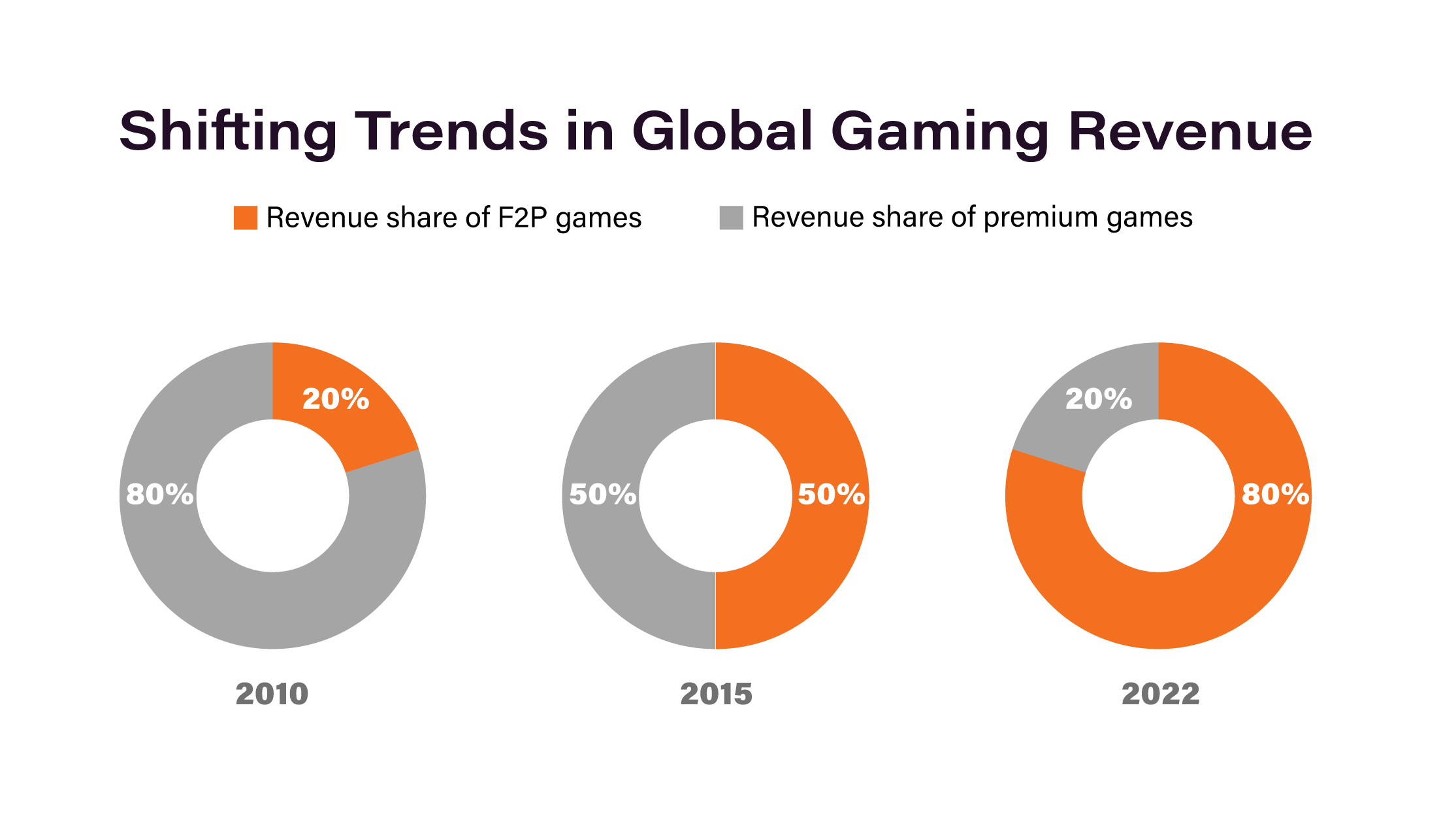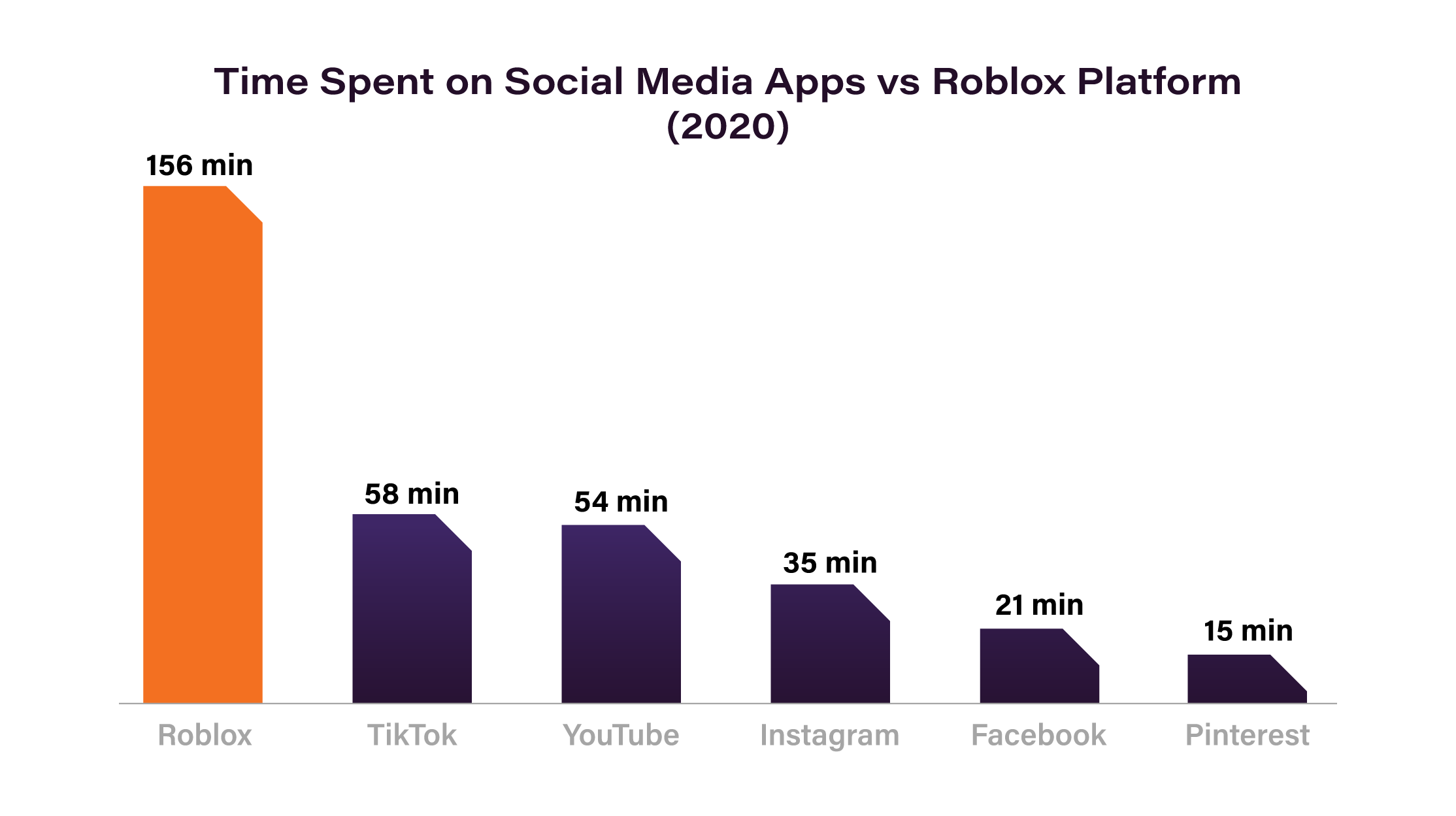Mobile gamers of the current generation have grown playing Free-to-play (F2P) games. However, F2P was not the norm till early 2010s. The change has come over the past decade and a half which has brought F2P to become the central model for monetization, especially for mobile games. The game design and economy has changed and gaming has adopted a revenue model popularly known as ARM (Acquisition, Retention and Monetization).
Understanding the Shift:
In the early 1980s-90s, when console were the dominant medium for gaming, premium games were sold for an upfront price. Majority of the games were designed such that a complete version of the game was shipped without the developer or the publisher having the ability to improvise on the game once the game went live.
F2P as a revenue model in gaming started to take some early shape in 2007-08. The growth of the free-to-play model was partly possible due to changes in the consumption of games where nearly everyone wanted to play something. At the same time, the market for premium games got saturated and the prices of these games declined, with games available for <$1. Free-to play model offered a solution for both gamers and developers.
The Emergence of F2P:
In 2007, Facebook introduced APIs which allowed 3rd party developers to create and integrate games onto the social media platform. Social games like Farmville (Zynga) and Happy Farms demonstrated early success with In-app purchases.
With the launch of Apple App store in 2008 (and Google Playstore in 2012), distribution of mobile games had changed. Game publishers got the ability to track a user’s in-game data and make continuous changes to the game (Liveops), and a new stream of revenue opened up.
In 2010, the F2P phenomenon was nascent and contributed only 20% of the total gaming revenue, while 80% revenue was generated by premium games.
As the sales of iPhone started to grow (launched in 2007), studios started taking a bet on the rise of touch screen devices and there were some category-defining games that were released in the period between 2009-2012. Riot Games launched a Multiplayer online Battle Arena (MOBA), League of Legends (2009), King (Sweden) launched the match 3 title, Candy Crush on mobile (2012) and Supercell (Finland) came out with HayDay(Farming Game) and Clash of Clans(Strategy), both in 2012. All these games would go on to become a grand success and surpass the revenue of any premium game that was launched till date.

Source: Ark Invest Big Ideas 2021
F2P Games: Success and Revenue Model
The success of F2P games is based on the ARM (Acquisition, Retention, Monetization) model. While premium games were sold to a targeted audience which generated all the revenue upfront, F2P model were based on acquiring a wide funnel of users. A large number of users start playing the game, a part of those is retained and then a fraction of those is converted to paying users. Thereafter, metrics like D30 retention, % conversion to paying users and ARPDAU (Average Revenue per Daily Active User) became central to every game publisher.
The Impact:
By 2015, the share of gaming revenue from F2P had increased to 50%. The next leg of growth came from the evolution of Game-as-a-service (GaaS), i.e. the concept of releasing a game and continually adding content over the lifetime of the game. The GaaS model had existed since early 2000s and popularised through games like World of Warcraft (2004, Blizzard Entertainment), it really took off with the launch of Fortnite (Epic Games) in 2017 and PUBG (2018). Battle Royale as a genre rose to the forefront of mobile gaming and Fortnite became a social and cultural phenomenon. With 350 million all-time players, Fortnite ended up generating $2.4Bn in 2018, driven by a mix of microtransactions and the Battle Pass.
The F2P model has been central in getting games into the mainstream today. How gaming has surpassed other forms of entertainment is evident by the average time spent by users on Roblox (a UGC platform for gaming) vs other entertainment platforms.

Source: Sensortower
Dominance of F2P Games:
There are over 60 mobile games which have generated more than $1Bn in lifetime revenue and the list is dominated by F2P games. The game with the highest lifetime revenue, Honor of Kings (also known as Arena of Valor) has generated lifetime earnings of a staggering $16Bn. For comparison, the highest grossing movie of all time, Avatar (2009) collected a total of $3Bn globally at the box office.
The list of top earning mobile games is dominated by Free-to-play, with all top 10 games in the list belonging to this category.
Top 10 highest Grossing mobile games of all time:
| Rank | Game Title | Revenue (USD Bn) | Initial Release | Publisher | Genre |
| 1 | Honor of King | $16.2 | Nov ‘15 | Tencent | MOBA |
| 2 | Monster Strike | $10.5 | Aug ‘13 | Mixi | Puzzle/RPG/Strategy |
| 3 | PUBG Mobile | $9.4 | Mar ‘18 | Tencent | Battle Royale |
| 4 | Puzzle & Dragons | $8.6 | Feb ‘12 | GungHo Online | RPG/Puzzle |
| 5 | Clash of Clans | $8.4 | Aug ‘12 | Supercell | Strategy |
| 6 | Pokemon Go | $7.8 | July ‘16 | Niantic | Augmented Reality |
| 7 | Candy Crush Saga | $7.7 | Nov ‘12 | King | Puzzle |
| 8 | Fate/Grand Order | $6.3 | July ‘15 | Aniplex (Sony) | RPG |
| 9 | Fantasy Westward | $5.4 | Mar ‘15 | NetEase | MMORPG |
| 10 | Roblox Mobile | $4.4 | Dec ‘12 | Roblox Corp | MMO |
Among the premium games, GTA V (2013) has been the most successful with ~$ 8Bn in lifetime revenue (just from the sale of the game and excludes in-game microtransactions), although this includes PC and console.
F2P Games: Looking Ahead
The revenue share of F2P games in the overall gaming industry has increased to ~80% currently accounting for ~$170Bn in annual revenue globally. With the current industry trends, a strong pipeline of games and a rising number of users across the world willing to spend on In-app-purchases, the share is forecasted to further rise to ~95% by 2025.
ZO Games is a publisher of F2P mobile games. We have a $50mm Game Developer fund where we invest in Startups in the Gaming and Interactive Entertainment space in Seed and Series A round. Reach out to us at [email protected]
Sources:
- https://researchportal.tuni.fi/en/publications/the-rise-of-free-to-play-how-the-revenue-model-changed-games-and-
- https://edvice.pro/articles/en/220/free-to-play-games-how-they-work-and-generate-revenue
- https://venturebeat.com/games/why-games-studios-should-look-to-a-free-to-play-future/
- https://www.cnbc.com/2022/10/06/how-free-to-play-and-in-game-purchases-took-over-video-games.html
- https://www.visualcapitalist.com/50-years-gaming-history-revenue-stream/
- https://medium.com/building-the-metaverse/game-economics-part-3-free-to-play-games-78aa790d55ae
- https://www.gamesindustry.biz/digital-games-spending-reached-usd127-billion-in-2020
- https://www.pocketgamer.biz/feature/66339/the-mobile-games-that-have-made-more-than-1-billion-in-lifetime-sales-update/
- data.ai

